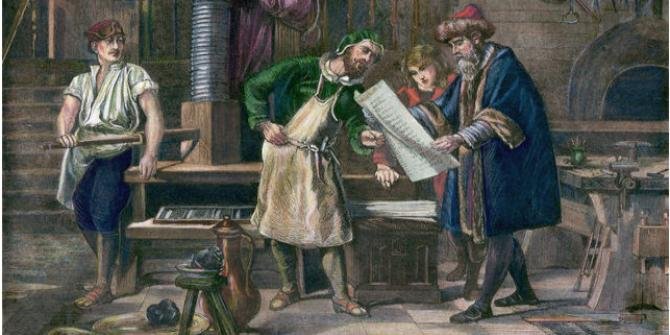Renaissance: Art, science, and the printing press.
The Renaissance was a period of profound cultural and intellectual change that lasted from the 14th to the 17th century and saw the emergence of new ideas, artistic styles, scientific discoveries, and technologies.
In this essay, I will discuss three important aspects of the Renaissance: art, science, and the printing press.

Art
One of the most distinctive features of the Renaissance was the emergence of a new artistic style that placed a greater emphasis on realism, human emotion, and individuality.
Ancient Greek and Roman artists heavily influenced this style, which focused on perspective, shading, and anatomy.
The most famous artist of the Renaissance was Leonardo da Vinci, works are the Mona Lisa and The Last Supper. Da Vinci was renowned for his mastery of anatomy, and his ability to capture human emotion and movement in his paintings.
Another important artist of the Renaissance was Michelangelo, whose works include the ceiling of the Sistine Chapel and the Statue of David. Michelangelo was renowned for his mastery of sculpture also his remarkable ability to create works of extraordinary beauty and realism.
Science Renaissance
The Renaissance was also a period of significant scientific discovery, as scholars began to question the accepted beliefs of the Middle Ages and turned to empirical observation and experimentation to understand the natural world better.
Perhaps the most famous scientist of the Renaissance was Galileo Galilei. Significant contributions to the fields of astronomy, physics, and mathematics.
Galileo was the first to use a telescope to study the heavens. His observations helped confirm the heliocentric model of the solar system. The sun is at the center rather than the Earth.
Another important scientist of the Renaissance was Nicolaus Copernicus. The first to propose the heliocentric model of the solar system. Copernicus argued that the Earth and the other planets revolve around the sun and his ideas laid for modern astronomy.
Printing Press
The most significant technological advancement of the Renaissance was the invention of the printing press by Johannes Gutenberg. The printing press revolutionized the dissemination of information and also made it possible to produce books quickly.
Before the invention of the printing press, people produced books by hand, which was an expensive and time-consuming process. The printing press enabled the production of books much more quickly and cheaply.
The printing press also played a significant role in the Protestant Reformation. They aimed to disseminate the ideas of Martin Luther also other reformers widely and quickly.
Luther’s Ninety-Five Theses criticized the Catholic Church’s sale of indulgences. They printed and distributed them throughout Europe, helping to spark the Protestant Reformation.
Conclusion
The Renaissance was a period of significant cultural and intellectual change that saw the emergence of new artistic styles.
Art in the Renaissance characterized a focus on realism, human emotion, and individuality, while science witnessed experimentation. 슬롯사이트
The printing press revolutionized the way people disseminated information to spread knowledge.

